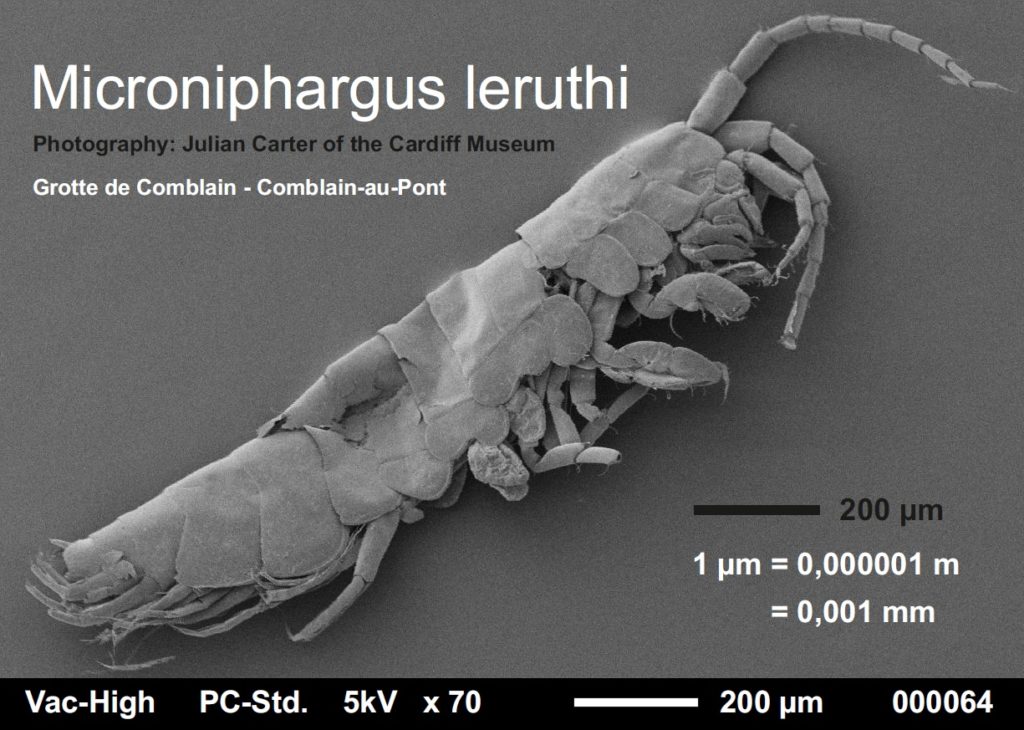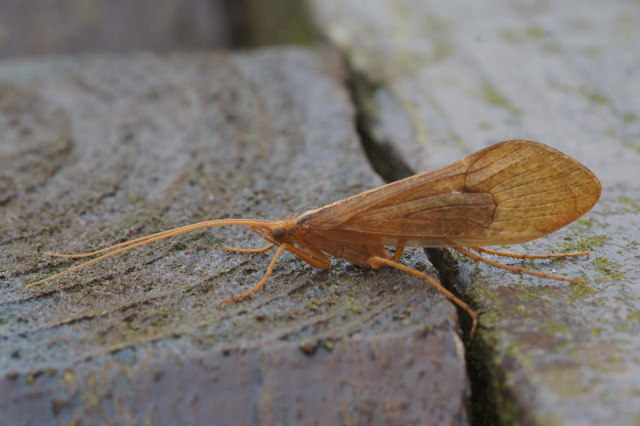The cave shelters a rich and varied fauna.
Its very elusive nature requires to be very attentive to have a chance to observe it.
Bats are probably its best known dwellers. As soon as the cold season arrives, they take refuge in subterranean environments.
This environment really brings together all the essential conditions for good hibernation:
✔ Constant and low temperature (10°C/50°F)
✔ High relative humidity (+/- 80%)
✔ Absolute calm
An extensive series of actions have been put in place to ensure the ecological management of the site.
Thanks to this policy, the site obtained in 2001 the underground cavity of scientific interest classification and welcomes an evergrowing population of bats.

Other inhabitants can also be found in the cave during this time. This is notably the case for some moth species.
Winter is not the sole season seeing an arrival of insects. Many phryganea come for the fresh air during the hottest days of the year.
These insects will also make the delight of certain spiders which have also chosen a subterranean life.
To capture this providential source of food, they will weave their webs parallelly to the walls.
Sometimes their cocoons which take the form of small white balls can be observed on the ceiling.
The clear water in the cave also hosts many creatures.
The most frequently observed is the niphargus, a small crustacean very fitted to aquatic subterranean life. It has no eyes and its body is completely depigmented.
Its incredibly slow metabolism allows for very long periods of fasting. It therefore can live much longer than river shrimps (about 4 to 6 years).
In whole, more than 80 species of invertebrates have been discovered in the cave.








